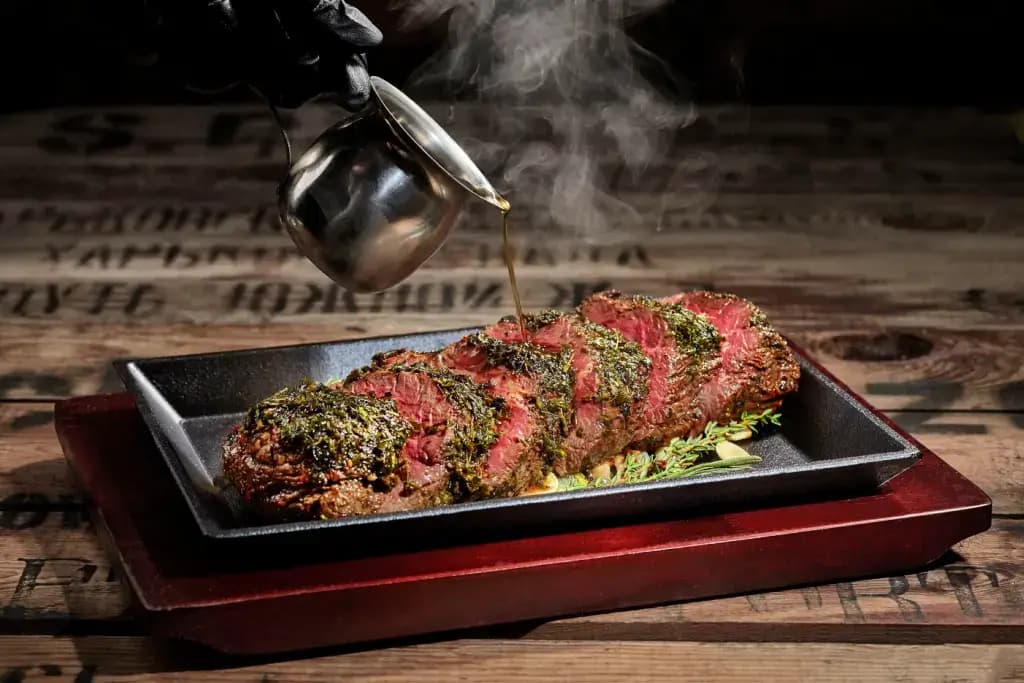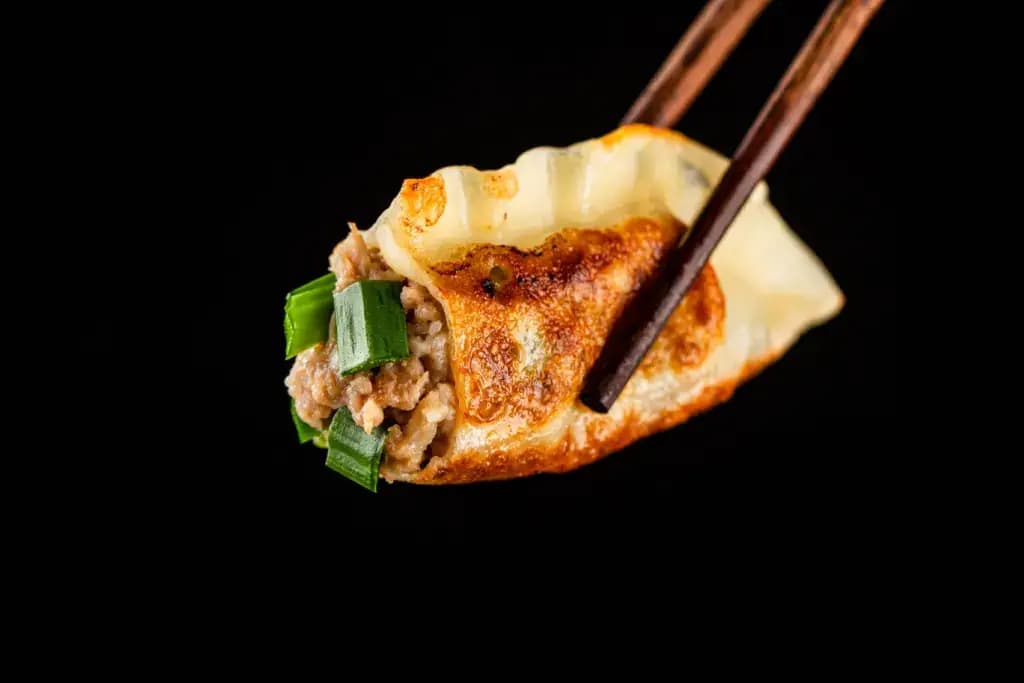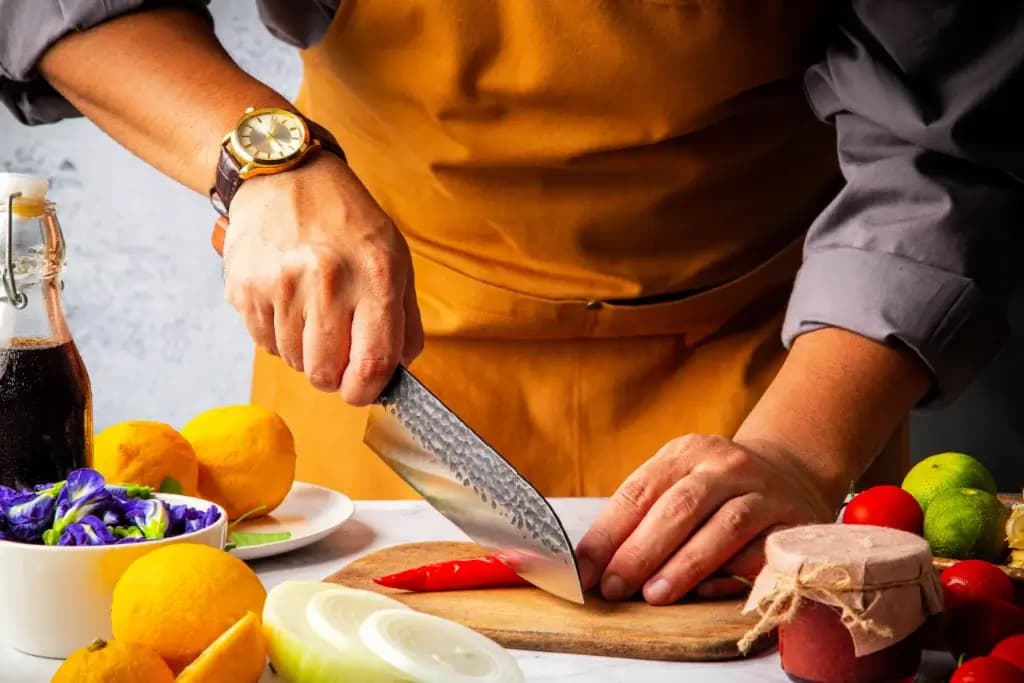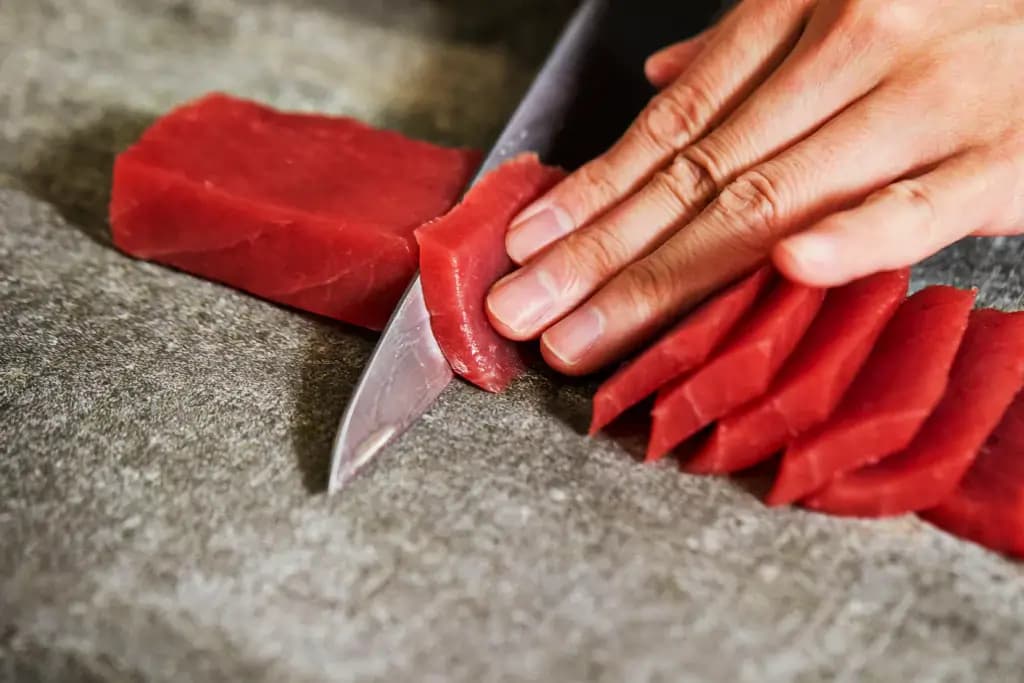

2025 SEPTEMBER 26
.James Lau
How to Season a Steak Japanese-Style
Steak may not be the first food people think of in Japanese cuisine, but Japanese flavors bring out unique and exciting qualities in grilled beef. Instead of only salt, pepper, or butter, Japanese cooks often season steak with condiments and spices that add brightness, heat, or depth. Learning how to season a steak Japanese-style can expand your cooking and give you a new appreciation for steak!
Yuzu Kosho
Yuzu kosho is a paste made from yuzu citrus peel, chili peppers, and salt. Its tangy, spicy flavor pairs perfectly with fatty cuts of steak. A small dab on top of a freshly grilled steak can cut through richness while adding brightness. Unlike heavy sauces, yuzu kosho feels light and refreshing, making it ideal for warm-weather grilling. The combination of citrus and chili wakes the taste buds and makes each bite more complex.

This seasoning is traditionally made in Kyushu, where the warm climate supports citrus growth. Today, it often appears alongside grilled chicken, sashimi, or hot pot dishes. Some high-end yakiniku restaurants serve it as a condiment to match wagyu beef, showing how well it pairs with richly marbled meat. Because it’s strong, a little goes a long way, and it’s usually added at the table rather than before cooking.
Shichimi Togarashi
Shichimi togarashi, or “seven spice blend,” is another favorite for seasoning steak. It mixes chili pepper, sesame seeds, dried citrus peel, and other ingredients like seaweed or ginger. This variety of flavors gives steak a spicy but layered taste beyond simple chili powder. It adds warmth without overpowering the natural flavor of the beef. Many people sprinkle it directly onto the steak after grilling for maximum aroma.

The blend has been used in Japan for centuries, often sprinkled on noodle soups like udon or soba. It’s also common at street food stalls, where customers shake it onto grilled skewers or tempura. At home, cooks sometimes rub shichimi togarashi onto meat before searing to create a light crust. Its use in steak follows the same logic—it’s simple to apply and brings out multiple layers of flavor.
Rayu
Rayu is a chili oil made with sesame oil, garlic, and dried chili peppers. It’s commonly drizzled over dumplings or rice dishes but also makes a great steak seasoning. A few drops of rayu add heat and a nutty richness to grilled meat. Unlike thicker sauces, it seeps into the steak’s surface, bringing flavor without covering up the meat. For people who enjoy a touch of spice and oil, rayu is a natural fit.

This condiment is best known for pairing with gyoza, where its chili-sesame flavor enhances the dumplings’ savory filling. In recent years, crunchy rayu—with fried garlic and onion bits—has become popular as a topping for rice bowls and even pizza. Brushing a thin layer of rayu onto the steak right before serving creates a glossy finish and adds heat and depth. Since sesame oil is the base, it blends seamlessly with the richness of beef.
Are you looking for the best tools for making steak? Check out ZAKU! ZAKU has authentic knives handmade in Japan for all of your culinary needs!

Sansho Pepper
Sansho pepper is a traditional Japanese spice known for its tingling, citrus-like qualities. Unlike black pepper, it leaves a slight numbing sensation on the tongue, enhancing the flavor of fatty foods. Sprinkling sansho pepper over steak gives each bite an unusual but pleasant twist. It’s sharp and refreshing, cutting through the richness of beef in a way that few other spices can. For adventurous eaters, sansho adds excitement to a classic dish.

In Japan, sansho is often dusted over grilled eel, where it balances the sweet, soy-based glaze. It’s also served with yakitori skewers at casual restaurants. Its use with steak works similarly: a quick sprinkle right before eating brings a lively, citrusy spark to rich meat. Because of its potency, it’s applied sparingly as a finishing touch. A simple shake of sansho can transform the flavor profile of steak just as it does with traditional Japanese dishes.
Karashi
Karashi is a type of Japanese mustard that is hotter and sharper than Western yellow mustard. Its clean, intense heat pairs beautifully with grilled meat. Instead of spreading it directly onto steak, it’s often served as a dipping condiment. A small dab of karashi next to each bite brings a burst of heat without masking the beef’s natural flavor. Its sharpness provides a firm but balanced counterpoint to the steak’s richness.

Traditionally, karashi is served with oden or tonkatsu. It’s also used in sauces for dumplings and sometimes mixed with miso for a spicy-savory dip. Using it with steak follows the same pattern—adding sharp, concentrated heat on the side. Because it’s bold, karashi is best used in moderation, letting diners control how much spice they want. This makes it a seasoning that adapts well to steak, just like it does to other hearty dishes.
Why should I try these seasonings with steak?
People try these Japanese seasonings with steak because they highlight flavors in ways that salt and pepper cannot. Each condiment has its role: yuzu kosho brings citrus brightness, shichimi togarashi adds warm spice, rayu gives heat and nuttiness, sansho pepper creates a refreshing tingle, and karashi adds sharp intensity. Instead of covering up the beef, they balance its richness while giving each bite something new to enjoy.
These condiments are already used in classic dishes like grilled eel, dumplings, noodle soups, and tonkatsu (pork cutler), so adding them to steak is a natural extension. They also encourage experimentation, letting you adjust spice, heat, or citrus to match your mood.

Since most of these seasonings are sold in Japanese grocery stores and online, they’re easy to find and use at home. It’s an approachable way to bring global flavors to a familiar dish. Have you ever tried any of these seasonings with steak? Which one was your favorite? Let us know in the comments below!


















